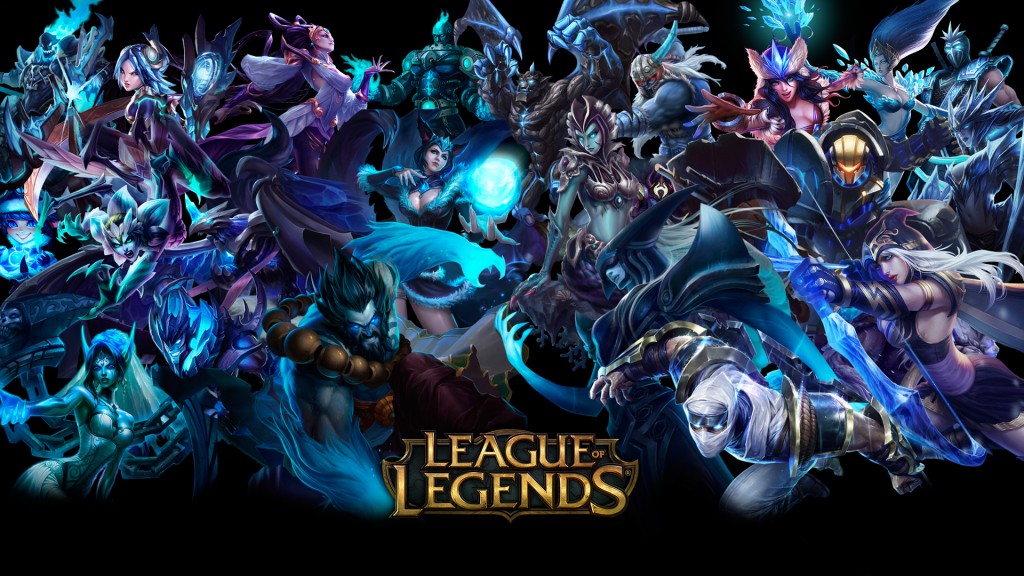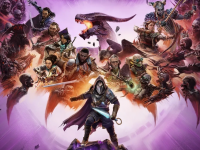
With a new season now in full swing, it seemed the ideal time to review the world’s largest, and most popular, MOBA (Multiplayer Online Battle Arena). The premise of the game at a glance is initially quite simple; two teams of five compete to destroy the enemies main base, called a Nexus, to win the game. However, any seasoned player will quickly inform you there is much more to the game than first appears.
As with other games in the genre, players (or Summoners) choose a “Champion” (a pre-designed character with a fixed set of abilities, that usually fit one or several niche roles), and also a role. In League, players are usually split into five roles: top lane (usually tank or fighter class champions), jungle (usually tanks, or assassin type characters), mid-lane (mages and assassins, though increasingly this season they’ve seen a shift towards marksmen) and finally the bottom lane, which comprises of two roles, the marksmen, and the support (tanks and utility fit here). The game relies heavily on the “farming” aspect (this is where players will kill NPC minions, to gain gold, with which they can purchase in-game items in order to increase overall power) and many skirmishes over global objectives. These include: the Dragon (which provides a global buff for the players who kill it) the Baron (once again, provides a global buff, but this one also provides gold, and is on a time limit) and arguably the most important objective, the enemy team turrets (these are structures that prevent enemy champions running through the lanes into the enemy base.)

The game may perhaps be best known to the masses for its recent spotlight on BBC News for its professional scene (known as the League Championship Series, or LCS for short) and the huge numbers of people who tune in for live streams, to watch and support their favourite teams. The teams and servers currently originate from three main areas (though there are many more servers popping up all the time); North America, European Union West, and Korea. The pro players bring new levels of strategy to the game, showcasing the very best of their skills on the world stage in hopes for a shot at the World Championship, which usually pays in a staggering excess of $1million for 1st place! And this does not include any sponsorship deals or streaming revenue these players may generate in their downtime.
Although the game itself can be hard to learn at times, it does prove to be even harder to master. Don’t let that put you off though, because it’s incredibly satisfying to completely and absolutely dominate your opponent, or to pull off that clutch save of a team fight and, of course, pulling off the perfect “wombo combo”. The game training scenarios, although dated, will provide the new player with an understanding of some basic mechanics and skills, and the PVE game mode allows for some more practise and familiarisation of the maps the game plays on. But to really get the best experience, I thoroughly recommend grabbing some friends and grinding your way to the top.
With all these positives, there are a couple of negatives I feel deserve some mentioning. The community as a whole, whilst understanding and generally helpful, has been known to be one of the more toxic communities in online gaming. Thankfully the developers, Riot Games, have provided a mute function to quiet those players, and an effective report system known as the tribunal. All in all the game can be incredibly rewarding to those who stick it out, rewarding true skill with some truly epic moments, and best of all, the game is, in fact, free to play with the only items locked behind a pay wall being cosmetic of nature.
Author: Will, Norwich store






